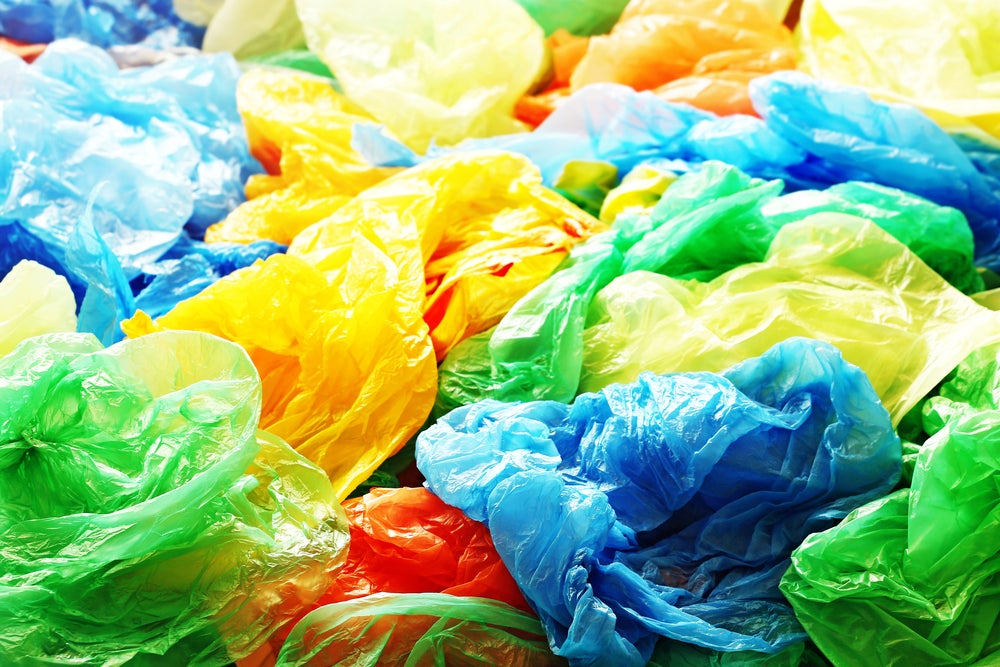
In a bid to confront the pervasive threat of plastic pollution, the European Union (EU) has implemented groundbreaking directives to rein in the unchecked use of lightweight plastic carrier bags.
These bags, often used just once, have become a major contributor to environmental degradation, posing risks to both wildlife and human health.
In this detailed exploration, we unravel the layers of Europe’s strategic approach, examining the Plastic Bags Directive’s targeted measures and its synergy with the broader Single-Use Plastics Directive.
Plastic peril: a menace to our environment
In a decisive move to combat the escalating threat of plastic pollution, the European Union (EU) has implemented the Plastic Bags Directive (Directive (EU) 2015/720), a crucial amendment to the Packaging and Packaging Waste Directive (94/62/EC).
This directive targets the widespread issue of lightweight plastic carrier bags, which consistently rank among the top ten littered items in Europe, posing significant environmental hazards.
Lightweight plastic carrier bags, those with a thickness below 50 microns, have become synonymous with convenience, but their environmental impact is far-reaching.

US Tariffs are shifting - will you react or anticipate?
Don’t let policy changes catch you off guard. Stay proactive with real-time data and expert analysis.
By GlobalDataDespite being used only once, these bags take centuries to decompose fully.
Their persistence in the environment results in a grim cycle: ingestion by terrestrial or marine animals, breakdown into microplastics, and eventual entry into the human and animal food chain.
Reducing plastic bag consumption
In response to this ecological crisis, the Plastic Bags Directive mandates EU Member States to adopt strategic measures.
These include setting national reduction targets, employing economic instruments like fees or taxes, and implementing marketing restrictions such as bans.
The directive sets a clear objective: limiting annual consumption to 40 lightweight plastic bags per person by December 2025.
Notably, very lightweight plastic bags, crucial for hygiene or as primary packaging for loose food, may be exempt from these targets, but Member States are obligated to report on their consumption.
Tracking progress and charting the future
Since June 2020, Member States have been actively reporting data on the annual consumption of lightweight and very lightweight plastic carrier bags.
This information is sent to Eurostat, the Commission’s statistical information arm, which plays a pivotal role in assessing the effectiveness of the implemented measures.
To guide Member States in their reporting obligations, Eurostat has issued specific guidelines tailored to lightweight plastic carrier bags.
The Commission’s evaluation, reflected in the Scoping study, aims to gauge the impact of these measures on combating littering, altering consumer behaviour, and promoting waste prevention.
While the Plastic Bags Directive addresses a specific facet of plastic pollution, it dovetails with broader EU initiatives, notably the Single-Use Plastics Directive (SUP).
This directive, informed by a 2018 Commission Impact Assessment, identifies lightweight plastic carrier bags as one of the ten most littered items on EU beaches.
Holding producers accountable for a cleaner future
The SUP Directive places a significant responsibility on producers, compelling them to cover the costs associated with lightweight plastic carrier bags.
This includes the extended producer responsibility obligation, as specified in Directives 2008/98/EC and 94/62/EC. Producers must also bear the costs of awareness-raising measures, waste collection, and the clean-up of litter resulting from these bags.
Regarding lightweight plastic carrier bags, the SUP Directive requires Member States to take proactive steps. These include informing consumers about reusable alternatives, re-use systems, and best practices in sound waste management.
Importantly, consumers must be made aware of the adverse impacts of littering on the marine environment and the sewer network.
Looking ahead: a comprehensive EU approach
The European Union’s dual approach, through the Plastic Bags Directive and the Single-Use Plastics Directive, reflects a comprehensive strategy to tackle plastic pollution.
These initiatives underscore the EU’s commitment to creating a sustainable and cleaner future, not just by regulating plastic usage but also by promoting awareness and responsible consumer behaviour.
As Europe navigates the path toward a greener tomorrow, these directives serve as beacons of change, emphasising the need for collective efforts in mitigating the environmental impact of plastic waste.



